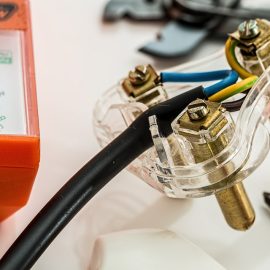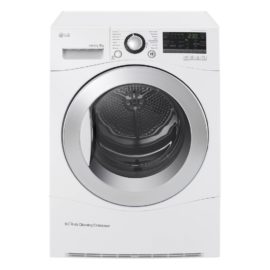Once the choice of a fridge is
made, once it is installed and ready to use, it’s up to you!
Now
it’s a question of knowing how to make the best use of the appliance
to preserve food as perfectly as possible.
To
do this, you should understand the different areas of the
refrigerator. If you do not have a cold stirred or vented
refrigerator, the temperature inside the unit will not be the same at
the top, middle, and bottom. It is, therefore, essential to store
each food item in the right place for better food preservation.
The 4 Cold Zones in a Refrigerator:
1. The Cold Zone: Between 0°C and 3°C
This is the upper part of the fridge. It is where you can store your dairy products (fresh or raw milk cheeses, opened cheeses), raw meat and fish, cold meats, fresh fruit juices, products to be defrosted, ready-made meals, shellfish.
2. The Fresh Zone: Between 4°C and 6°C
This
is the central part of the refrigerator, which can accommodate all
cooked meats and fish, cooked fruits and vegetables, pastries,
sauces, unopened dairy products such as hard or semi-soft cheeses,
yogurts, fresh cream, etc.
3. The Crisper: Between 8°C and 10°C
This
is the tray at the bottom of the fridge. It is used to store fresh
fruit and vegetables as well as cheeses in the course of maturing. If
your refrigerator has two trays, put the vegetables on one side and
the fruit in the other.
4. The Door of the Refrigerator – the Temperate Zone: Between 6°C and 8°C
This
is the “hottest” zone of the appliance, so all foods that
need light refrigeration should be stored here. Eggs, butter, jams,
condiments (pickles), drinks (fruit juices, water, soft drinks),
sauces such as dressings, mayonnaise, ketchup, mustard, etc. are
stored here.
How to
Measure the Temperature of the Areas of Your Refrigerator
To make sure you can store each food in the right place in your fridge, here is a little tip to know the temperature differences between each zone of the appliance:
– dip a thermometer into a glass of water
– please place it in
your refrigerator
– wait about half an hour and take the
thermometer out of the water.
The
temperature measured will be that of the water, not the ambient air,
so you can tell what the temperature is in a particular area of the
unit.
Repeat
the operation in each area of your refrigerator, and you are ready to
store your food in the right compartment.
On a positive note, knowing how to use your refrigerator will not only preserve the nutritional value of your food but also prevent you from having to call the refrigerator guy for repairs.




Pingback:How to Choose a Flangeless WC (wall-hung WC washdown) - Plumbers services